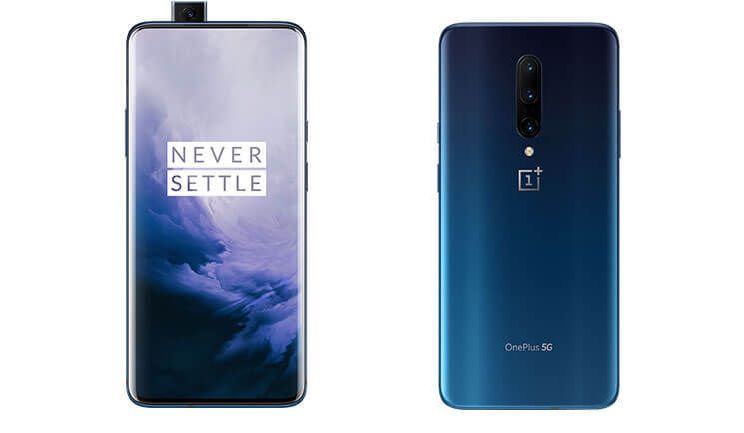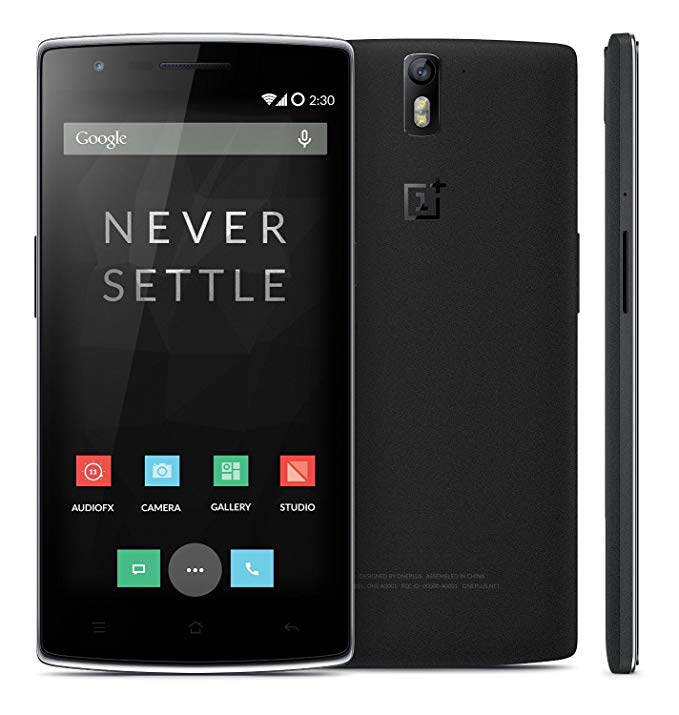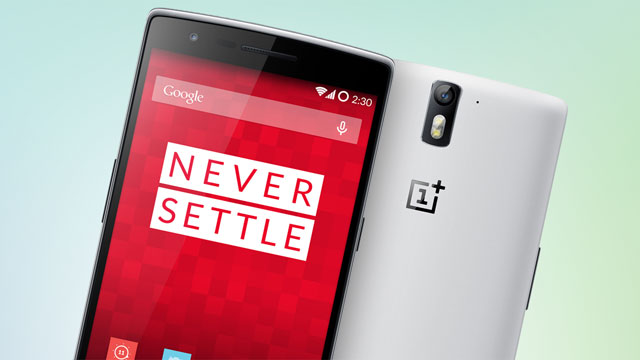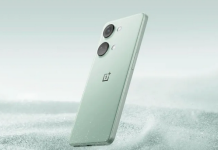OnePlus is all set to announce its 14th smartphone (taking into account OnePlus X, OnePlus 6T Mclaren, & OnePlus 7 Pro 5G as well) in India today and internationally on October 10. In today’s Throwback Tech Thursday, we thought it would be the perfect time to revisit the first-ever smartphone from OnePlus, the OnePlus One. The company, which started off as the maker of affordable ‘Flagship Killers’ continues to release incredibly value-for-money smartphones. But this year it took a leap and made its mark on the premium segment as well. The most recent OnePlus 7 Pro is the best example of this strategy featuring the top of the line Snapdragon 855 processor and a beautiful 90Hz display that’s unusual in its price segment.
But where did it all start?
It all started with the OnePlus One, the company’s first-ever smartphone developed with the idea of bringing high-quality products in a simplistic design. The phone was meant to take on the major flagships of 2014, including the Galaxy S5 which was twice as expensive as the ‘One’. Undoubtedly, the first OnePlus One offered more value than any other device ever seen in the flagship market.
So what did the OnePlus One offer?
The phone came with the Snapdragon 801 processor, the same one powering all the flagships in the market in its time. It had 3GB of RAM, 16GB / 64GB ROM variants and a 5.5-inch 1080p display from JDI. It had a pretty decent camera as well: a 13MP IMX214 Sony sensor at the back and a 5MP sensor up front taking care of the selfies. While the camera was never the strong point of the OnePlus One, it was still decent enough for your daily needs. Overall, in terms of hardware, it had specs never seen on a $299 smartphone!

But what made it even more special were its accessories. Despite featuring a minimalistic design, the OnePlus One came with a unique textured back that stood out. In fact, hardcore OnePlus fans would still remember how popular the sandstone finish turned out to be. But apart from the textures, OnePlus also offered unique back covers for the One, like a Special Kevlar, Denim, and even Bamboo wood covers. The company provided several ways to customize the phone’s overall look, garnering positive reception from its fans all across the world!
Another feature that set the OnePlus One apart was its software. Unlike companies like Samsung and LG, OnePlus decided to use a bloatware-free CyanogenMod OS for its international customers. If you remember, CyanogenMod was a big deal back then and getting it shipped right out of the box gave it a significant advantage among its competitors. Also, since CyanogenMod was quite light and snappy, the OnePlus One turned out to be one of the fastest phones in its time. Further, the open nature of the company along with its support for developers gave rise to many custom ROMs for the device. For smartphone enthusiasts, it was nothing short of the perfect smartphone at its price and a viable alternative to Google’s own Nexus 5.
But Not Without Issues
But being a first-generation device, the OnePlus One wasn’t without faults. The biggest one was its availability. The company’s invite system could be said as controversial, which forced thousands of users across the globe scrambling for an invite to purchase the device. If you remember, OnePlus invites were a huge deal for nearly a year of its release. By April 2015, the company managed to stabilize its production, and the OnePlus One was made available to purchase invite-free.
Editor’s Pick: OnePlus 6, 6T, 5 and 5T Android 10 rollout schedule for China officially confirmed
Another issue with the OnePlus One was its support. Being a new startup, the company faced some criticism for its after-sales support. Even the phone’s camera wasn’t as good as some of the top tier flagships of its time. Although marketed as a ‘Flagship Killer’, users had to sacrifice on the camera quality to some extent.
The OS was also an issue. Just shortly after it launched in India, OnePlus was notified that Cyanogen had entered into an exclusive agreement with Micromax to sell phones running Cyanogen OS. The agreement prevented OnePlus or any other manufacturers from being able to release phones running the OS and also from issuing updates to the OnePlus One. That singular act was what led OnePlus to develop its own Android-based custom OS which it named OxygenOS (HydrogenOS for China). You can say it was a blessing in disguise.
But overall, the OnePlus One managed to shake things up in the market. Despite starting off on a small scale, today, OnePlus has succeeded in capturing a significant chunk of the premium smartphone market in regions such as India. Back in 2014, you could have easily dismissed OnePlus as a small-time smartphone startup with a sketchy future.
But today, it’s a smartphone company to be reckoned with!
OnePlus smartphones may no longer be ‘Flagship Killers’. But with phones like the OnePlus 7 Pro, they are now the trendsetters and lead the industry with consumer-oriented features.

As OnePlus prepares to launch its brand new OnePlus 7T and 7T Pro, let’s recall where these guys started and how far they have come.
Do you remember the OnePlus One? Does anyone still have the phone?









